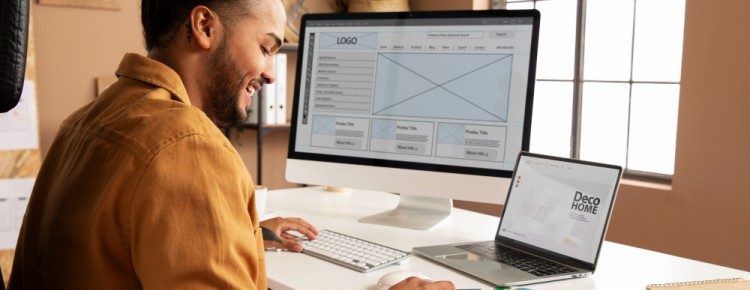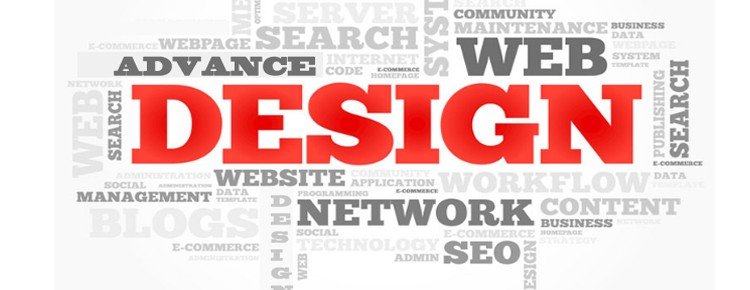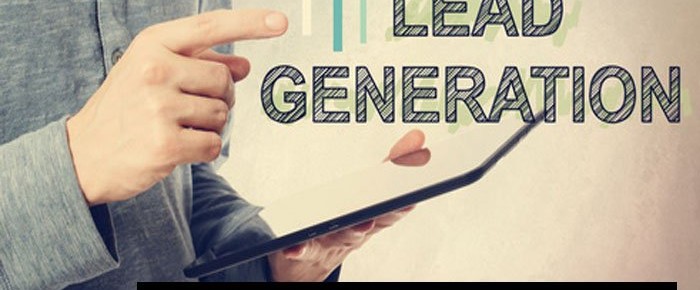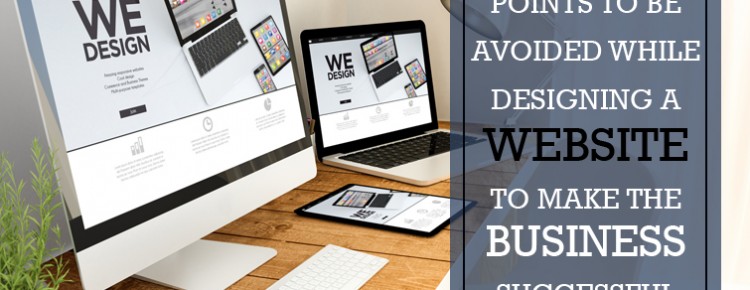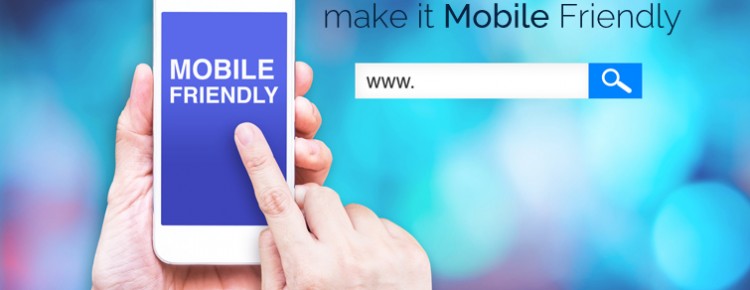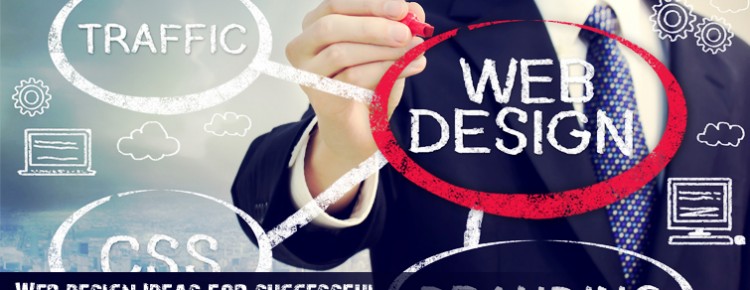Developing a website with a combination of content and pictures is not sufficient to get a good flow of web traffic. A responsive design is a strategy that you shouldn’t miss whether you want to promote your blog or business. But what does it actually mean to have a responsive webdesign?
To get a web responsive design, the webpage needs to have certain criteria that make the use of the website convenient and hassle-free. Let’s explore in detail what makes a website responsive, the causes of getting a responsive pattern, and some useful FAQs.
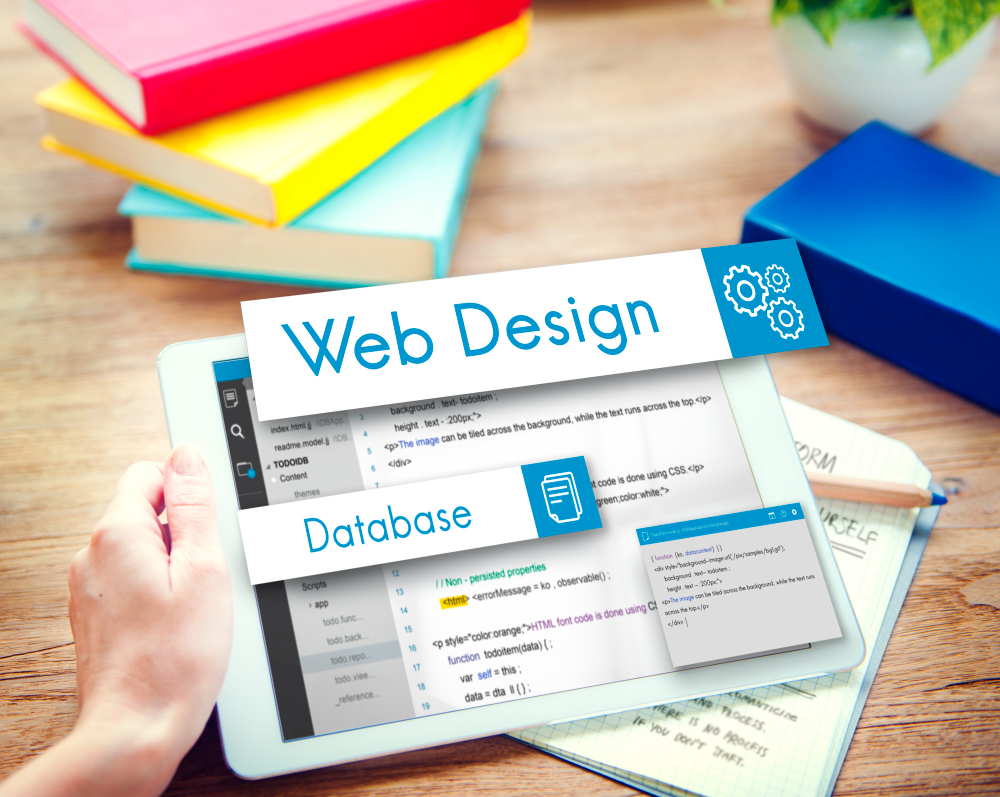
What do we understand by Responsive Design?
The website design, when it becomes responsive, includes certain building elements in text arrangement, page size, and content display. Without getting into the nitty-gritty details of coding mechanisms, we can say these coding and building elements used while making the web pages generate responsiveness and adaptability to external changes.
What kind of external changes are we referring to? Let’s say you have come across a webpage that looks quite nice and easy to use on your desktop.
But whenever you access the same webpage on your mobile, the image and overall layout fail to adjust with the screen, giving you poor visibility and user experience. That shows the incompatibility of the page that comes from design elements to behave accordingly with the changed screen parameters.
Making the webpage responsive involves all web contents starting from text arrangements to design patterns becoming well-adjusted to fit into phones, tablets, and desktops. With responsive design CSS and HTML codes, every component online visitors can find on the page gets resized with the screen space correctly. The designs and content shrink or enlarge to give an impeccable user experience and prominent view irrespective of your device.
Why Your Website Needs a Responsive Design?
Many causes reflect the significance of getting a responsive design.
Mobile Optimization
A website with mobile compatibility can fit better with the mobile screen dimensions. A site having such quality gets more web traffic because most people tend to use websites from their phones.
So with high visibility and ease of use on mobile devices, a webpage gets a good influx of web traffic. Thus, a business can reach the larger market section if its webpage has a mobile responsive design.
Great Ease in Website Use
No one likes a slow-loading website or a page that cannot display the content or pictures properly on smaller screens of mobile phones. When users feel at ease while navigating the website, they tend to stay longer on the site.
Further, they can understand the blog or business services or products better while browsing comfortably through the site. Thus with a responsive design, you give more clarity to online consumers.
Preventing Duplicate Content
While modifying your website, you can land up with two website versions. One is made compatible with mobile, and the other is for desktop. The presence of two versions can lead to the formation of duplicate content. Plus, the availability of two URLs with the same content confuses search engines like Google on which version to prioritize while ranking web pages.
But you can use responsive structuring of webpages to handle the issue of generating duplicate content. That said, the responsive design of webpages is never the direct contributor to avoiding duplicate web content. But making your website responsive can help you in preventing generating duplicate versions.
With responsive webpages, you get a single version of the mobile responsive website. That aids in avoiding the issue of having two URLs with duplicated content.
Enhanced Speed in Page Loading
When the design elements are incompatible with the screen dimensions, the page takes more time to load properly and gets readjusted with the available space. But the page gets readjusted smoothly when the design and page elements are responsive to the device change. Thus the page loads easily without consuming much time.
Minimizing the Bounce Rate
Bounce rate denotes the rate at which an online user leaves quickly after visiting the website. Leaving a site just after visiting is encouraged by poor page loading speed or bad user experience. With a high bounce rate, your website can never satisfy the algorithm of search engines and get a good SEO ranking.
Apart from having good content, the webpage needs to be responsive to give users a good experience. That definitely brings down the bounce rate, and people take more time to get familiar with business pages or blogs.
More Spread on Facebook, Instagram, or Twitter
When your website has a responsive design, it gives comfort and ease in website use. That brings more influx of online consumers, and they prefer browsing your web pages. Thus, you have more chances of getting your webpage getting shared across social media platforms.
Final Thoughts
A responsive design for websites is a necessary component in giving a better user experience. Apart from the role of giving improved user experience, responsive webpages remain essential for many reasons. With a responsive structure of websites, you can give ease and convenience to people who view websites from mobile phones.
Device compatibility remains a great driving force to incorporate responsive elements while making a website. You can browse responsive webpages without going through slow loading or struggling to view the website content as you move from desktop to mobile. Further responsiveness of a website helps you more easily understand the blog content, business services, or products. All in all, responsive and adaptive webpages hold the ultimate power to make online audiences know about your business pages or website.
FAQs
What Is Responsive Website Design?
A responsive layout for a website can be understood as an indispensable criterion for reaching a larger section of the virtual audience. The degree of responsiveness of a website results from making web pages that can be comfortably accessed through different devices and platforms. Responsiveness helps users easily navigate the webpage and get a good user experience.
What Is Responsive Web Design In HTML?
HTML or (Hypertext Markup Language) forms an integral part of website development. So undoubtedly, using HTML goes a long way in making a responsive and adaptive web design.
With strategic use of HTML elements, you can make image and text arrangements fit into the screen width of the device you are using. The HTML makes the webpage look adjustable and good irrespective of the device screen.
What Are Examples Of Responsive Design?
Responsive webpage design involves setting the width property of images in a compatible range to make the image fit nicely with the size of the device screen. That means the image shrinks or enlarges without losing clarity, depending on the device’s screen size.
Plus, you can consider changing the page layout in response to the device as an example of adaptive design. With flexible grids, you can get larger content condensed into compact sections as you move from desktops to mobile phones.
Why Is Responsive Website Design Important?
A website with a responsive layout is important because of many causes, one of which includes giving a good user experience. Another plus point of having a responsive structure is mobile compatibility.
Almost every user accesses the webpage through mobile or has a chance of doing so. That requires a mobile website design compatible with mobile users and shows the importance of responsive pages.
How Does Responsive Website Design Work?
Responsive structures or designs work by being adaptive to the device parameters and responding to changes. The design elements fit into the width of the device screen and find their suitable arrangement in the available screen space.
Also, the responsive site rearranges itself to fit with the device orientation. Notably, the responsiveness of the design elements enables no loss in color brightness.
What Are The Benefits Of Responsive Website Design?
With a website being responsive, online users can use the site with ease and without any facing any hassle. They don’t have to wait for the webpage to load and zoom in or out to see the content and images properly.
So, with a good user experience, you can get a good SEO ranking. Plus, with a responsive design, you can get good engagement from your consumers. They face no problem doing tasks like subscribing to a newsletter, clicking on action buttons, and downloading online documents.
Can Any Website Be Made Responsive?
Irrespective of the amount of design and content elements in the webpage, any site or page can be made responsive. With optimized use of page developing elements, any website can be made to fit into any device.

